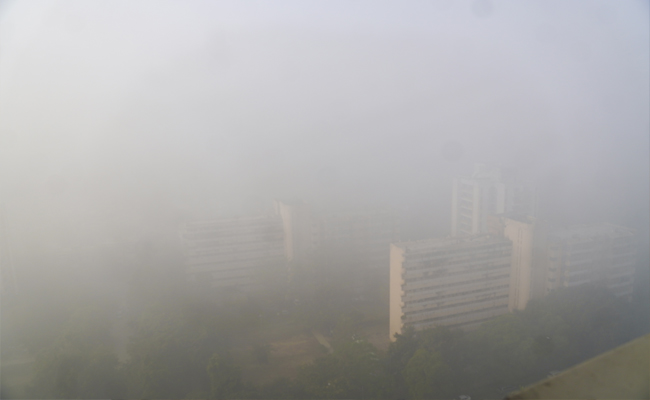Karwar: In a concerning incident in Dandeli village, Uttara Kannada district, fourteen girl students from Classes 9 and 10 of a private school allegedly inflicted injuries to their hands using sharp objects on Saturday. The circumstances surrounding this act have raised suspicions of a suicide attempt.
The exact reasons behind the girls' actions and the nature of the weapons they used remain unclear. It is also uncertain whether the girls attempted to harm themselves at home or within the school premises. When questioned about their bloodied hands by school teachers and parents, the girls reportedly provided evasive responses.
The injured students received medical attention at the Dandeli Primary Health Centre and are currently in stable condition. The school's administrative board has been informed of the incident.
Uttara Kannada Deputy Commissioner, Gangubai Mankar, commented on the situation, stating, "An investigation is underway to determine the cause of the students' self-inflicted injuries. Upon being notified of the matter, I instructed the tahsildar and the block education officer to conduct a thorough investigation and submit a report. However, the students' responses to the officers' inquiries were vague."
Mankar continued, saying, "We have also requested the Department of Education and the Police Department to launch investigations into the incident, as we aim to ascertain whether there are any issues within the school's educational environment. The Health Department has also stepped in, calling for a counseling session for the students, which may shed light on the motives behind their self-harming actions."
Let the Truth be known. If you read VB and like VB, please be a VB Supporter and Help us deliver the Truth to one and all.
New Delhi (PTI): Dense fog disrupted flight operations at Delhi Airport on Monday, with various airlines cancelling 228 flights and diverting five to nearby airports due to low visibility, an official said.
However, except for Air India, which had in an X post in the morning announced the cancellation of some 40 flights, no other airlines, including crisis-hit IndiGo, shared the numbers of their cancelled or delayed flights.
"As many as 228 flights -- 131 departures and 97 arrivals-- have been cancelled due to low visibility, so far," the airport official said.
In addition to this, five flights have been diverted so far, he said.
Earlier, the Delhi International Airport Ltd (DIAL), in a statement, said, "Our on-ground officials are working closely with all stakeholders to assist passengers and provide necessary support across Terminals.
"Low visibility (below minima), due to dense fog, has severely impacted operations at Delhi and other airports across northern India, which is unfortunately beyond our control," IndiGo said in a statement.
As operations are adjusted to prevailing weather conditions, some flights may experience delays, while a few others may be proactively cancelled during the day to prioritise safety and minimise extended waiting at the airport, the airline said in a statement.
IndiGo, however, did not say how many of its flights were cancelled or delayed.
The airline said its teams are "closely monitoring" the situation and coordinating with Delhi airport.
ALSO READ: Messi's Delhi arrival delayed as fog disrupts flight
IndiGo also said it issued advisories to its customers and "proactively" informing them, to minimise inconvenience.
“Poor visibility due to dense fog in Delhi this morning has impacted flight operations for all airlines. We are closely monitoring conditions and will resume operations as soon as it is safe to do so,” Air India said in a post on X in the morning.
It also said that some flights have been cancelled In the interest of safety, and to avoid prolonged uncertainty for the guests, while listing out some 40 arrivals and departures that it had cancelled for the day.
Delhi airport is the country's busiest, handling around 1,300 flight movements daily.





